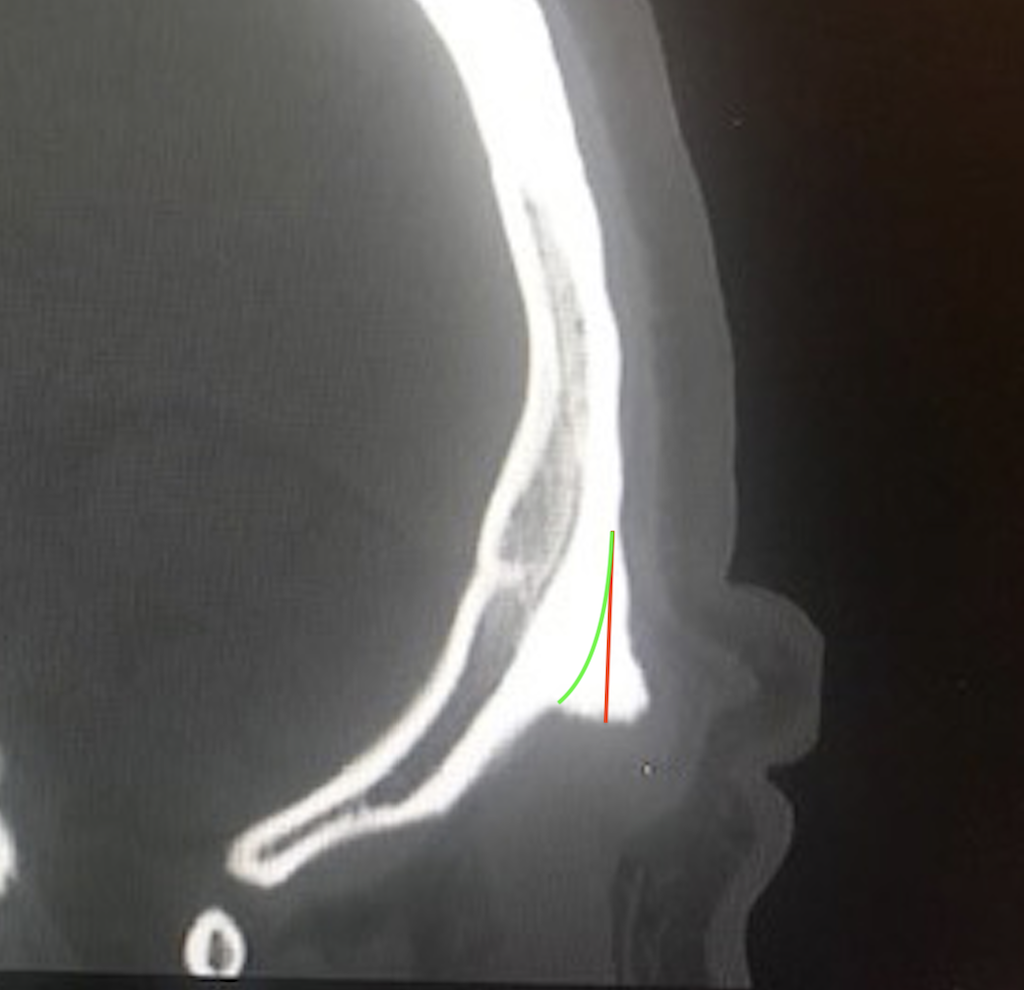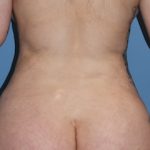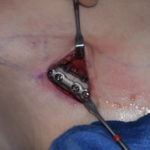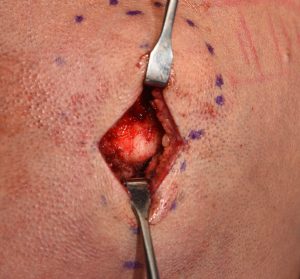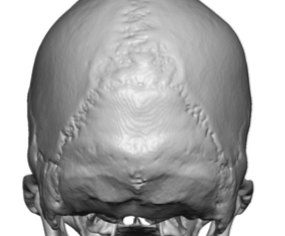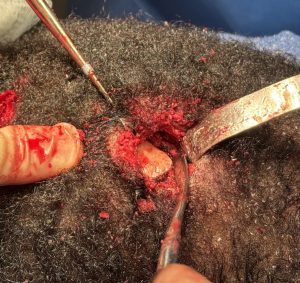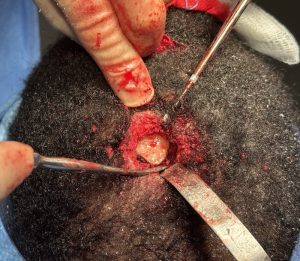
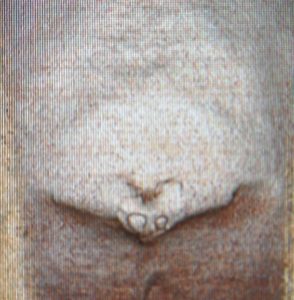
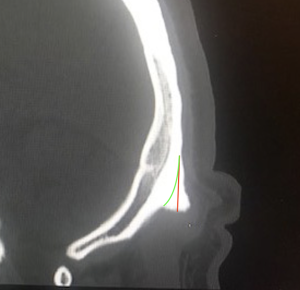
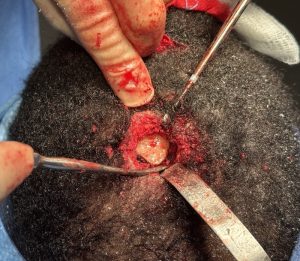
Occipital knob reduction is the most limited aesthetic bone reduction procedure of the skull. And while the surface area of the bone reduction is small the thickness of the bone removed can be up to 1 cm or more. Thus it is easy to think that a complete reduction has occurred by burring it down flat and the prominent residual tail overlooked.
Dr. Barry Eppley
World-Renowned Plastic Surgeon

